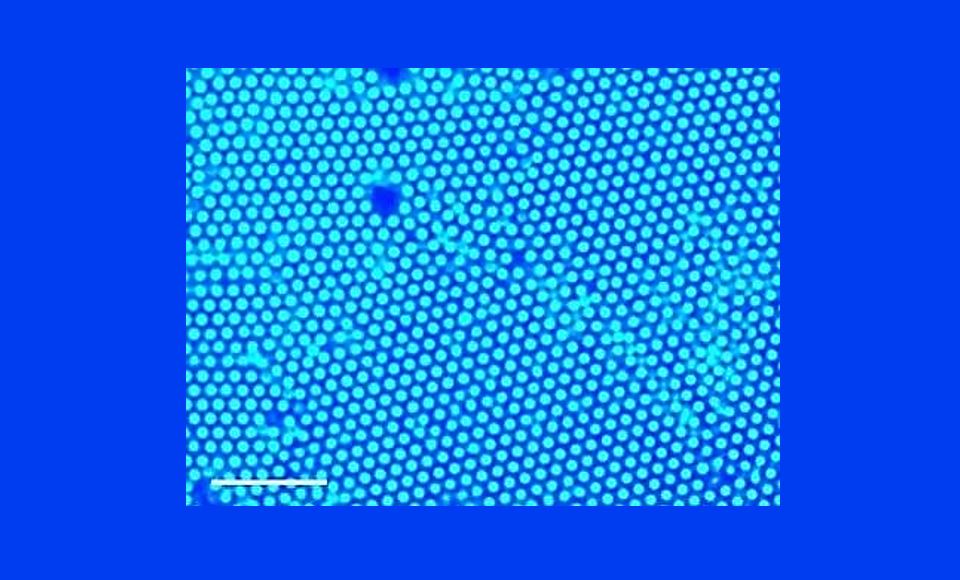
A new, simple, low-cost method for controlling particle motion and assembly within liquids using ultraviolet light could improve drug delivery, chemical sensors, and fluid pumps. The method encourages particles, ranging from plastic microbeads to bacterial spores to pollutants, to assemble and organize in a specific location within a liquid and, if desired, to move to [..]
Read More
Using a distributed Bragg reflector, a new method has dramatically reduced a type of image distortion caused by spectral cross-talk between dual-band long-wavelength photodetectors. Dual-band photodetectors provide numerous advantages in infrared imaging, including higher image quality and more data for image processing algorithms. However, spectral cross-talk interference between the two channels can limit performance, resulting [..]
Read More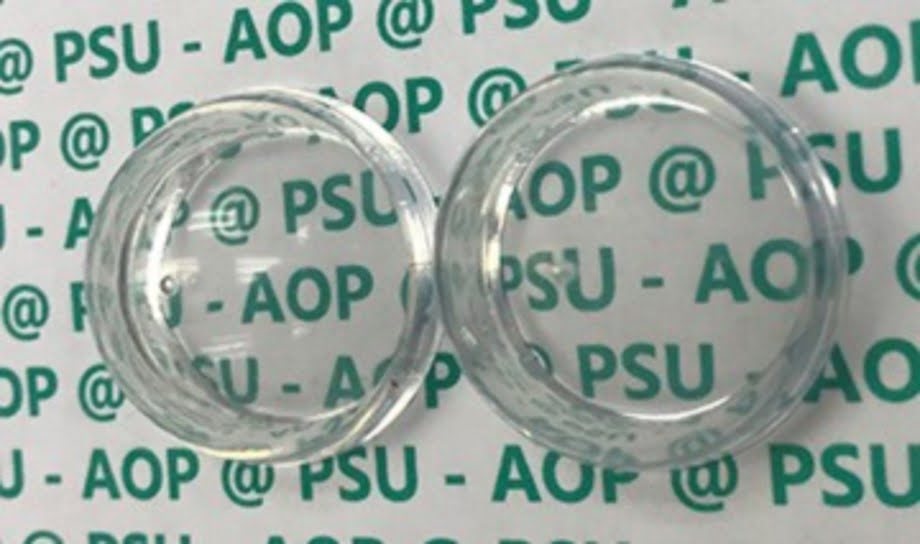
Acrylic and polycarbonate lenses are used in a wide range of optical applications; however, the inorganic antireflection (AR) coatings that improve the performance of glass lenses are difficult to apply to plastic optical surfaces. Researchers created a method for coating these plastic lenses with a fluoropolymer that adheres well and even makes the surfaces appear [..]
Read More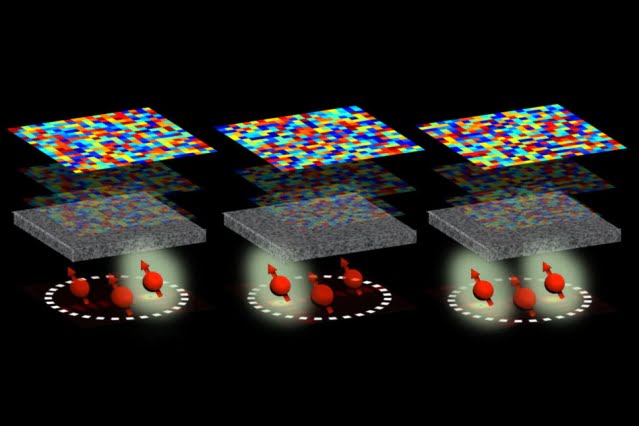
Deep biological tissue imaging has long been problematic. Complex media such as biological tissue scatters the light, bouncing inside until it emerges at various angles. Subsequently, it distorts the focus of optical microscopes, reducing both resolution and imaging depth. Longer wavelength light can help to avoid scattering, but it also reduces imaging resolution. Instead of [..]
Read More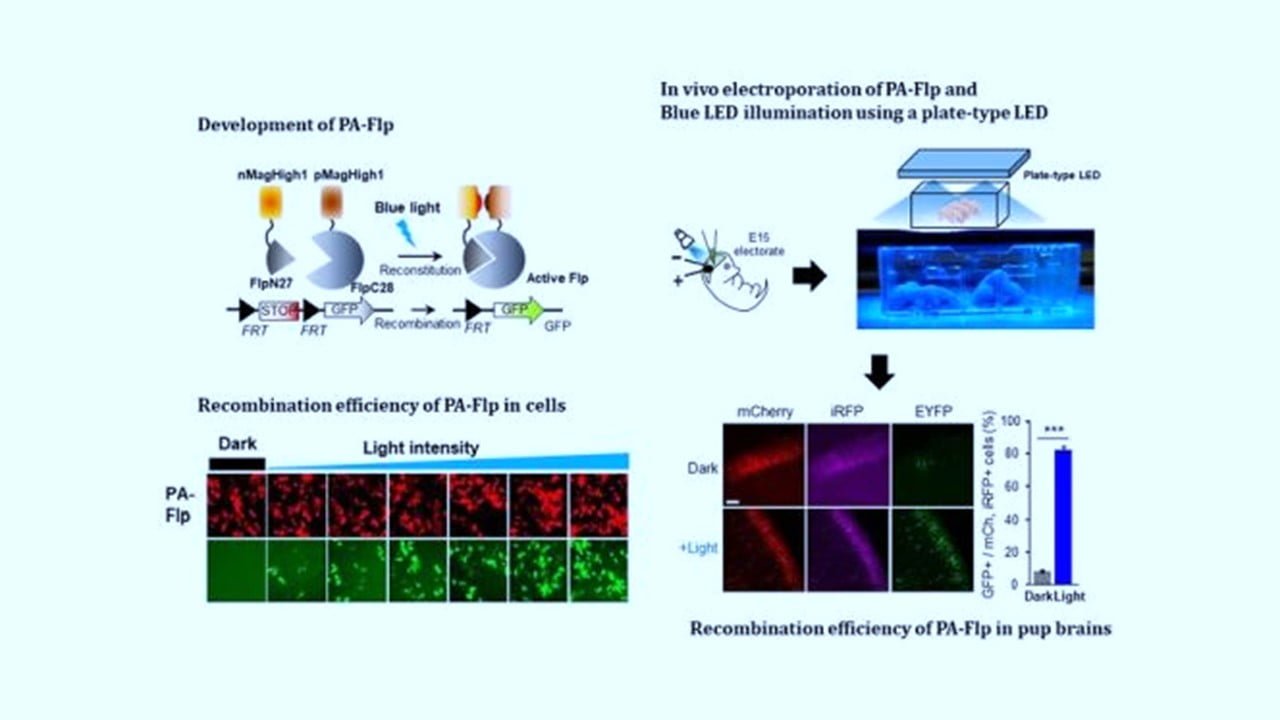
A group of researchers has developed a noninvasive light-sensitive photoactivatable recombinase that enhances in-vivo genetic manipulation. The photoactivatable Flp recombinase’s highly light-sensitive property will be ideal for controlling genetic manipulation in deep mouse brain regions via noninvasive light-emitting diode illumination. This optogenetic module will provide neuroscience researchers with a side-effect-free and expandable genetic manipulation tool. [..]
Read More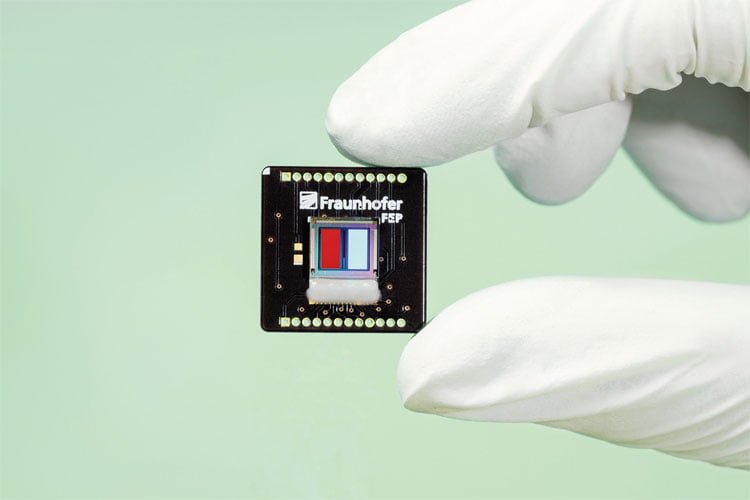
Scientists have created a miniaturized phosphorescence sensor. It combines marker and sensor on a small chip surface about thumbnail size—a silicon chip houses both the OLED controller and the sensor front-end. Modulated blue OLED light excites the chemical marker. The marker’s phosphorescent response is then detected directly inside the sensor chip. The marker determines the [..]
Read More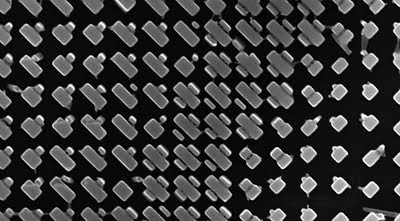
Lenses work with various wavelengths and applications, including phone cameras, microscopes, and sensors. They must, first and foremost, be able to focus light regardless of its polarization. Researchers have long believed symmetric nanostructures, such as circular pillars, are critical components in developing polarization-insensitive photonic devices. Researchers have created polarization-insensitive metalens made of non-symmetric nanofins that [..]
Read More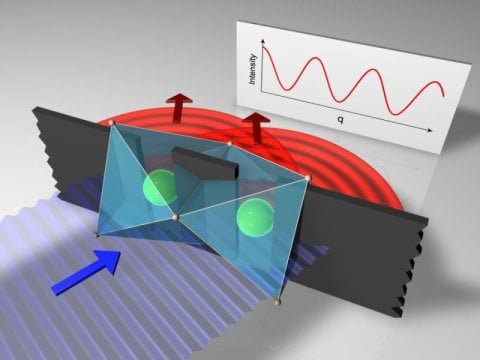
A research team used resonant inelastic X-ray scattering to implement a new variant of the basic double-slit experiment, providing a more in-depth understanding of solid electronic structure. The researchers used resonant inelastic X-ray scattering (RIXS) to investigate an iridium oxide crystal (Ba3CeIr2O9). Strongly collimated, high-energy X-ray photons irradiate the crystal. In Young’s classic experiment, Iridium [..]
Read More
Using the photoacoustic effect, researchers demonstrated that a laser could transmit an audible message to a person without using any receiver equipment. The ability to send highly targeted audio signals over the air could be helpful to communicate across noisy rooms or to alert people to a potentially dangerous situation, such as an active shooter. [..]
Read More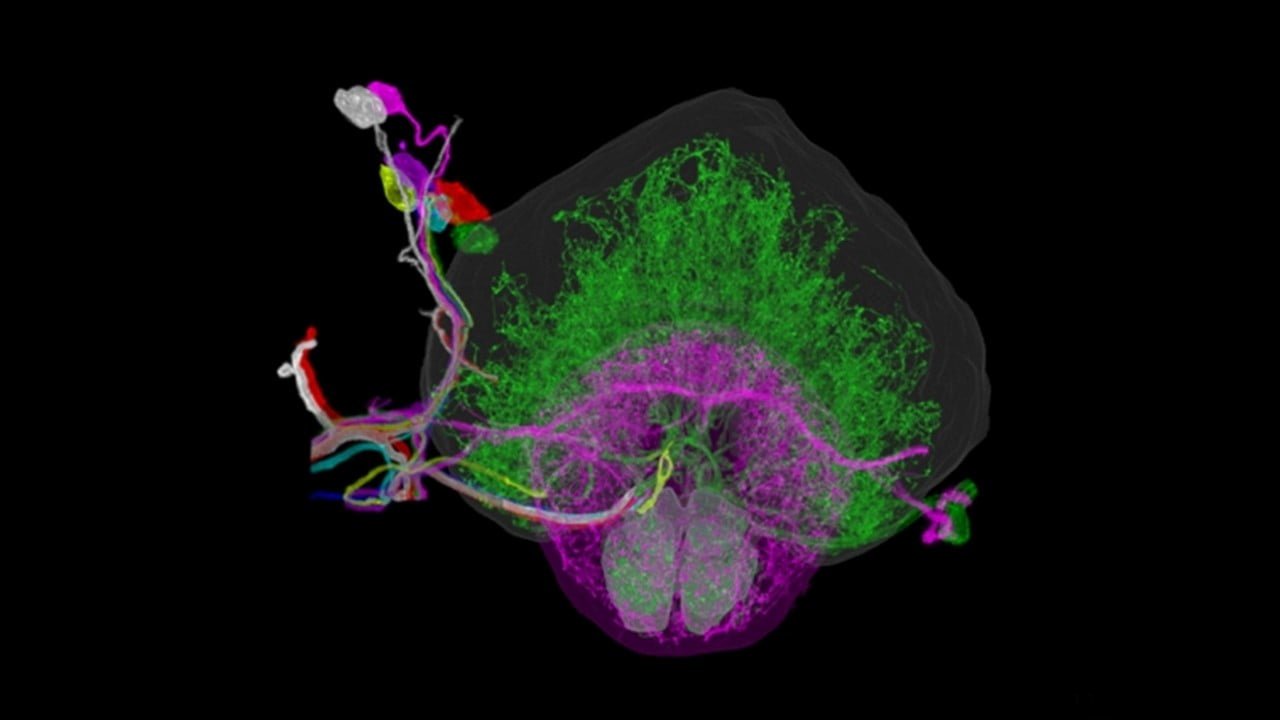
Lattice light-sheet microscopy, a new method of imaging the brain with unprecedented resolution and speed, has been developed by researchers. They can use this method to locate individual neurons, trace connections between them, and visualize organelles inside neurons across large areas of brain tissue. The new technology combines a technique for expanding brain tissue, allowing [..]
Read More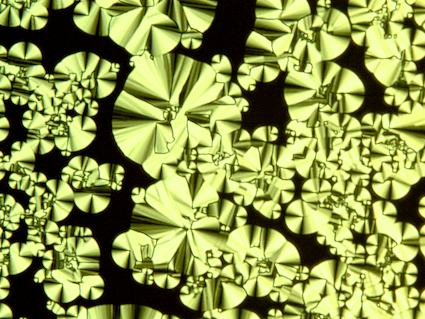
For the first time, researchers used electric fields and ultraviolet light to perform computational logic operations on a liquid-crystal-based chemical device. The device (and methods used) open up new research opportunities, such as low-power, high-performance computer chips. The team created a device that demonstrates computation-related functions. Conventional computers use an electric charge to represent binary [..]
Read More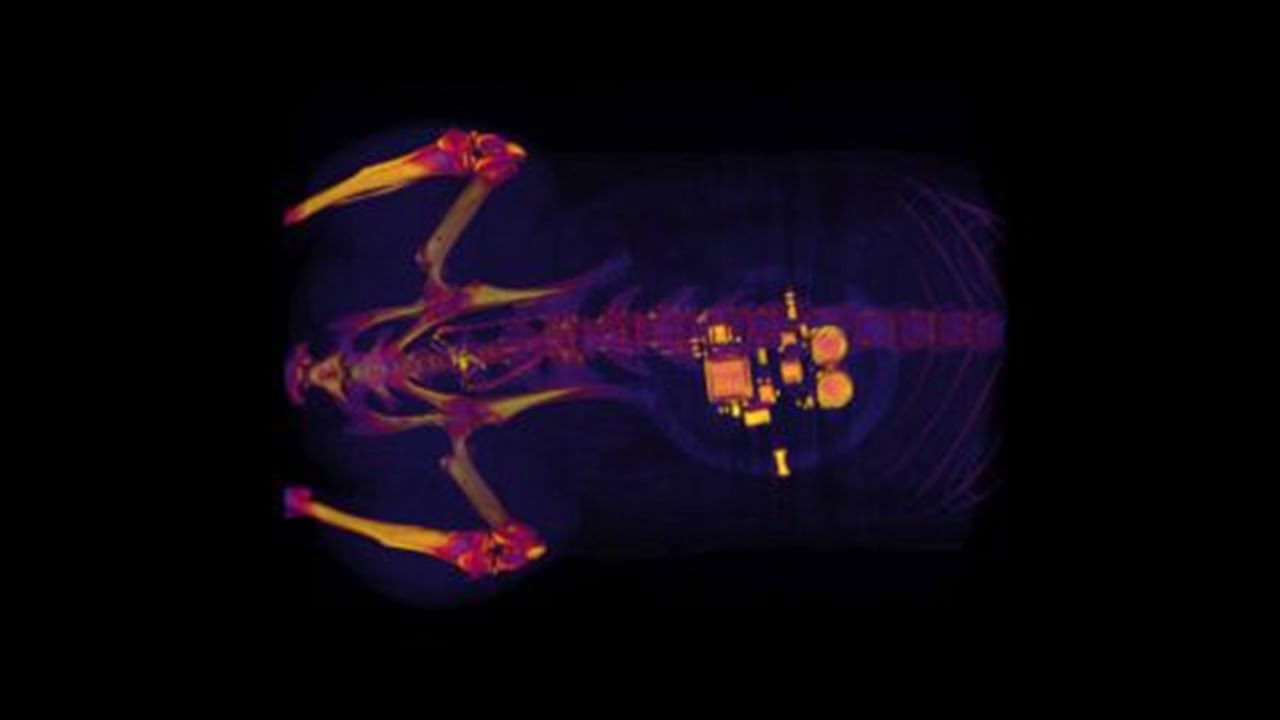
Stimulators (that send an electric current to the nerve that controls the bladder) have treated many people with severe bladder problems for the past 30 years. These implants help with incontinence and overactive bladder but can also interfere with normal nerve signaling to other organs. Recognizing this, a group of researchers created an implantable device [..]
Read More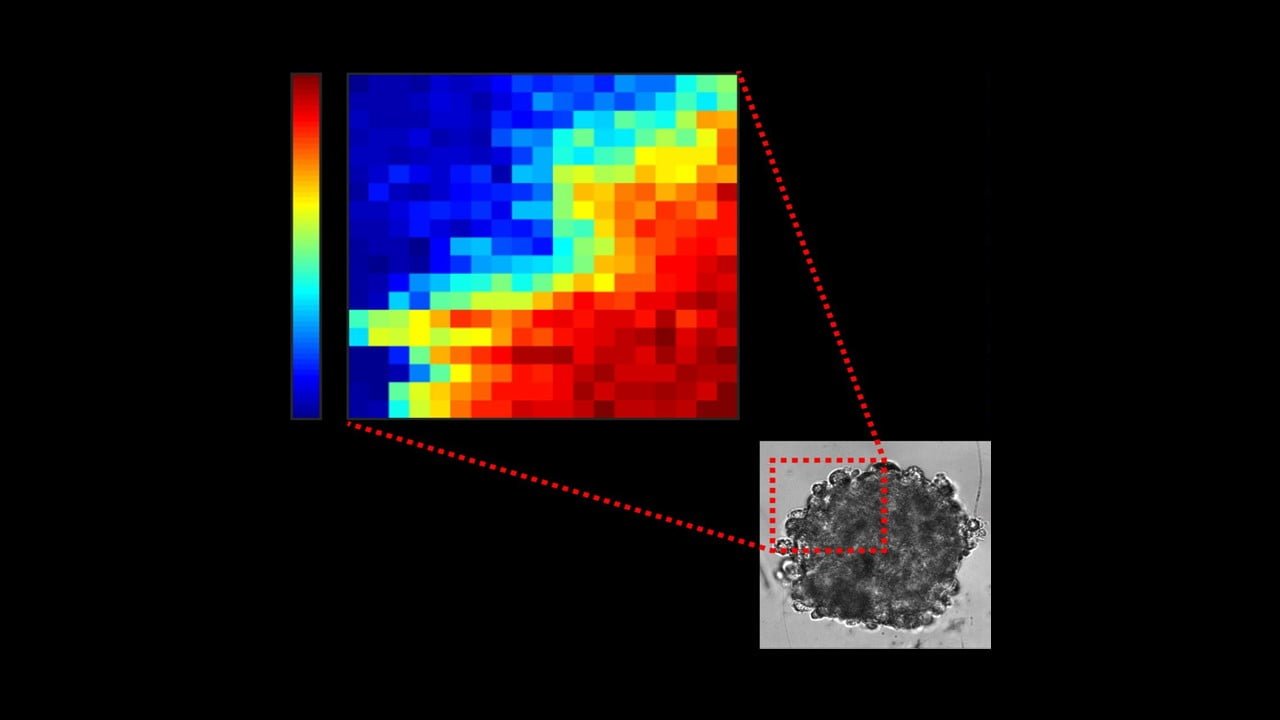
A group of researchers has developed a light-scattering method for mapping the mechanical properties of a tumor’s cellular structure and internal fluids, revealing changes caused by chemotherapy treatment. The technique can help to distinguish malignant cell populations and assess the efficacy of anticancer treatments. The researchers used a noncontact imaging technique that takes advantage of [..]
Read More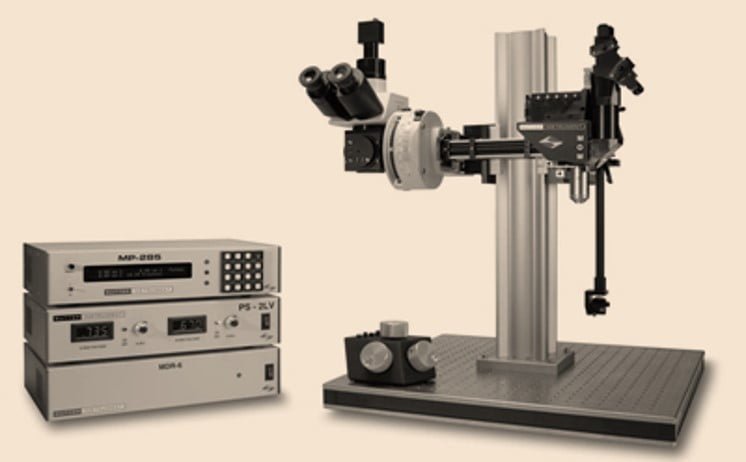
PySight is a new multiphoton microscopy tool developed by researchers for rapid 2D and 3D imaging of the brain and other tissues. The team hopes that the tool will soon help scientists gain a better understanding of brain dynamics, assisting in the discovery of groundbreaking treatments for various health problems such as stroke, epilepsy, and [..]
Read More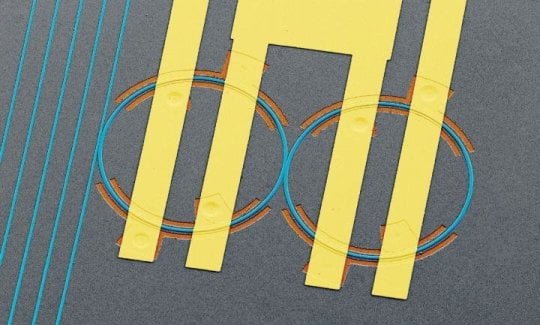
Researchers have created a new integrated photonics platform to store light in an integrated circuit and electrically control its frequency (or color). The platform is based on atomic systems and can help with photonic quantum information processing, optical signal processing, and microwave photonics. It is the first time microwaves have been used to programmable shift [..]
Read More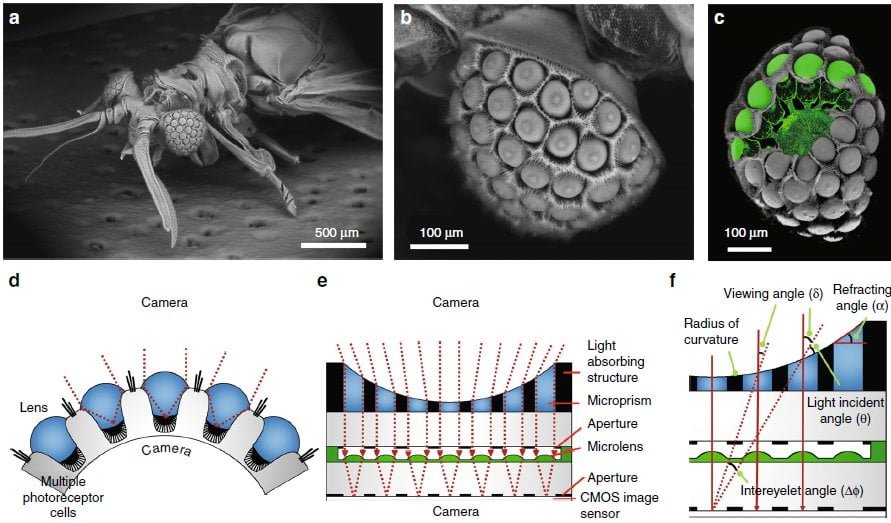
The visual system of Xenos peckii, an endoparasite of paper wasps, differs from the compound eyes of most insects in terms of sensitivity and resolution. Inspired by their unique features, a team created an ultrathin digital camera that mimics Xenos peckii’s unique eyes. Compared to existing imaging systems, the ultrathin digital camera has a broader [..]
Read More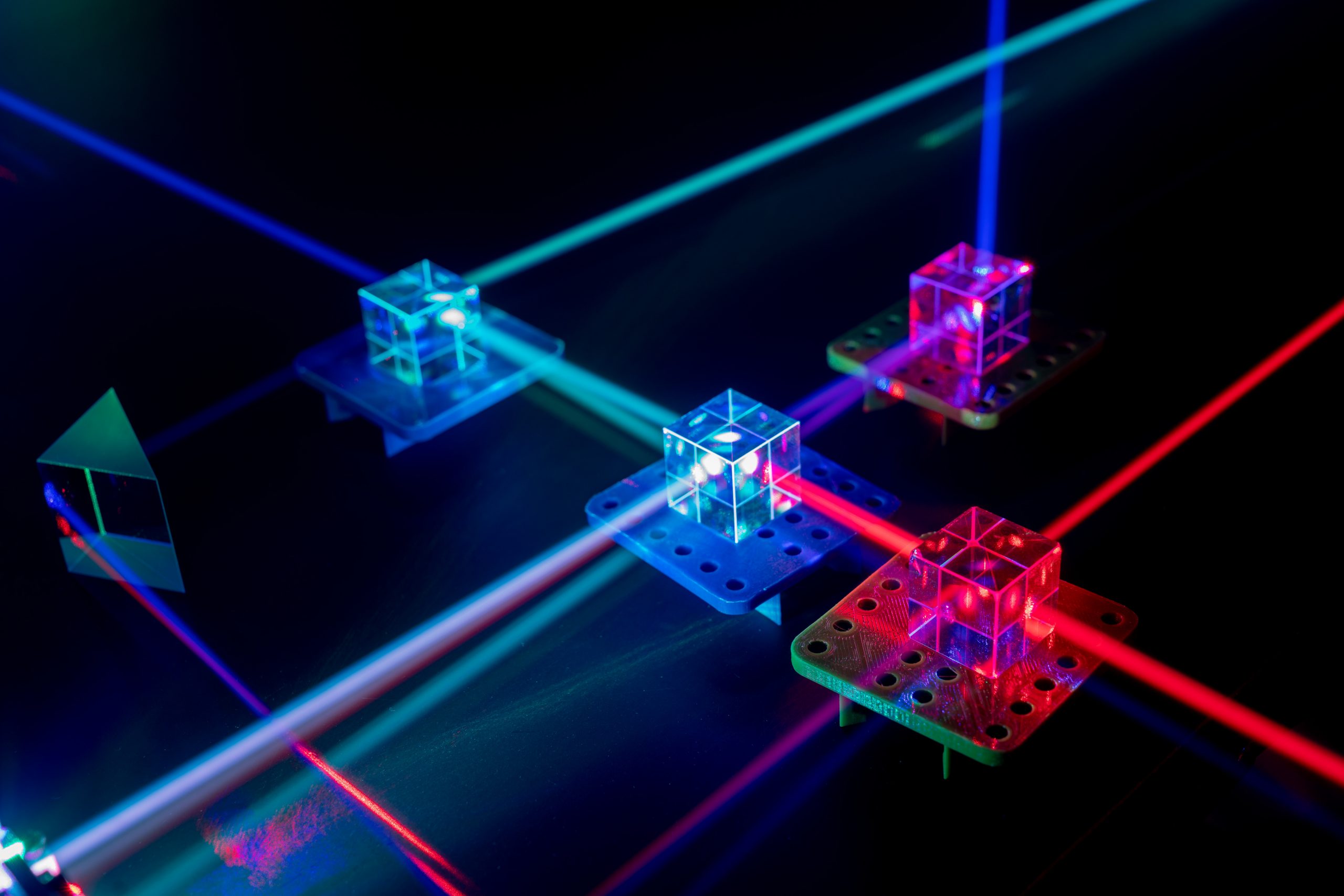
Researchers showed a significant coupling between light and high-frequency acoustic vibrations in a silica microresonator. The results open the door to creative uses of light-sound coupling in creating new technologies. It involves Brillouin scattering, a well-known nonlinear occurrence first identified in the 1920s. In sensing equipment and communications, producing a strong coupling of photons and [..]
Read More
For the first time, researchers demonstrated that nerves engineered to express proteins activated by light could generate limb movements that can be adjusted in real-time using cues generated by the limb’s motion. The optogenetic technique produces smoother and less tiring movement than similar electrical systems that stimulate nerves in spinal cord injury patients and others. [..]
Read More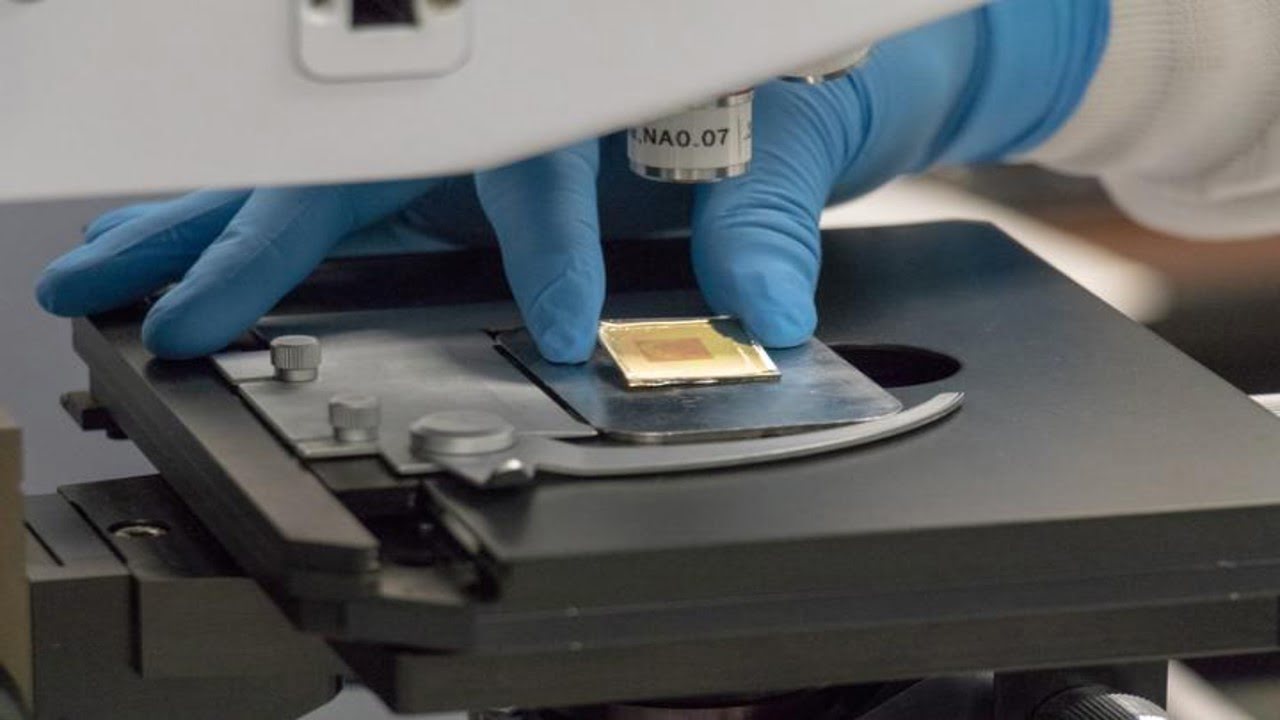
Researchers have developed an IR Image encoding method to hide information on the surface of a material using a plasmonic nanostructure so that it is only visible through an IR lens or camera tuned to the correct IR band. Researchers demonstrated a method for hiding images within the IR spectrum in a study so that [..]
Read More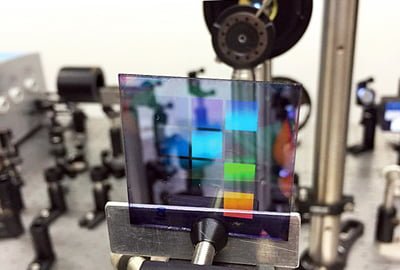
Researchers created a new low-energy nanoscale laser, known as nanolasers, that can transmit in all directions. Introducing irregularities into the lasing materials – a structure that laser makers usually work hard to avoid – is the key to this omnidirectional light emission. The team anticipates “a wide range of potential applications.” The researchers looked into [..]
Read More